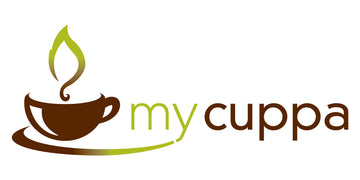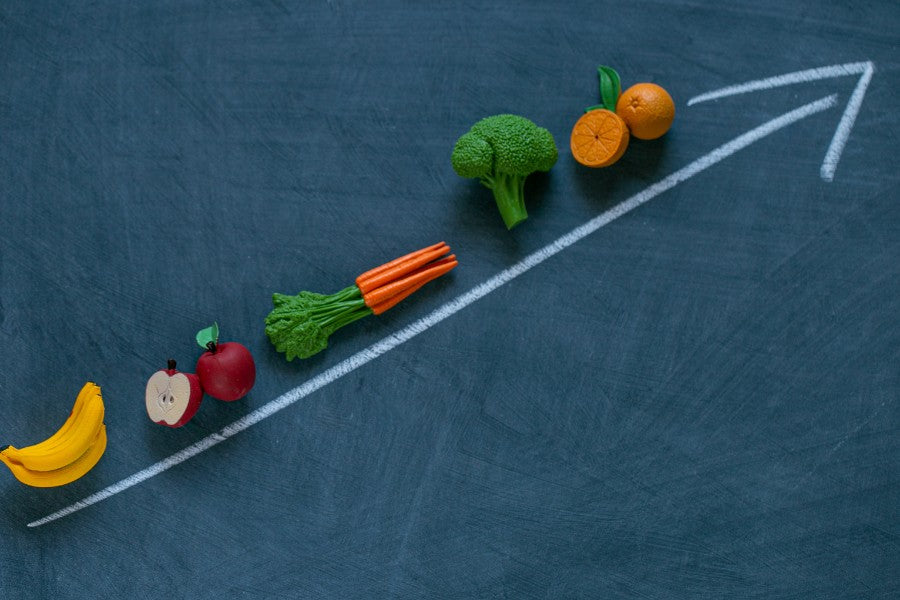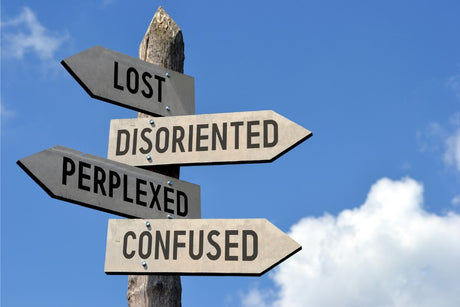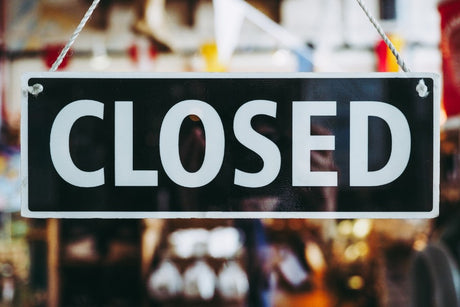Why coffee prices keep rising
A seismic power shift - are coffee farmers flexing their muscles?
Understanding factors affecting the price of global coffee could be just as confusing as predicting where the Australian property market will be in 12 months.
It's not easy, nor does it make much rational sense.
You might have thought coffee farmers, those hard-working people who grow, cultivate, pick, process and ship this prized commodity, would have a fair bit of control over coffee prices.
Unfortunately, farmers do not set the pricing, and we are all beholden to future traders wearing suits in the New York commodity exchanges.
These same traders never visit coffee farms as "masters of the financial universe"; their hands firmly grasp big price levers that govern coffee pricing.
The lifting of pandemic restrictions has been good news for everyone in Australia.
Unfortunately, the global coffee market remains at the most difficult levels in a decade, specifically on the demand side, as roasters and consumers bear the pain of rising costs rapidly outpacing retail pricing.
It's certainly been a challenging year in coffee, with the global index doubling in the last 12 months driven by ongoing shortages from low inventories in exporter/importer warehouses escalating.
Firm differentials across every coffee growing origin, scarcity of food-grade shipping containers, ridiculously expensive sea freight charges and the leap in exporters deliberately breaching and defaulting contracts to chase higher spot prices, sometimes up to 40% of contracts are being savagely broken without notice at the very last moment before shipment.
With the price of coffee climbing a further 25% over the last two months on top of a staggering 35% gain since the start of 2021, the Australian coffee industry is bracing for a difficult 2022.
If the higher prices of raw coffee were not enough to deal with, when coffee rises so steeply at the farm gate, there's an equal risk that quality may proportionally fall.
Whilst it's true most coffee producers, like all farmers, possess immense pride in their crops, when raw coffee prices are high and demand so strong, there's a "rush" to get the product shipped qui as they chase the eager cash carrot dangled out in front and right now it's a motza.
You can hardly blame it as this is an equivalent "gold rush" era for coffee farmers globally; it does not come around too often, generally only once a decade.
Pushing speed to bank the fast cash may bypass normal levels of care during the important processing, washing, grading, and drying, so quality may be compromised when the pressure is on to get coffee out quickly.
It's a seller's market.
We have seen plenty of coffee ruined in shipment from its origin - sweating in a container for four months instead of the normal one-month journey, stuck at ports and trans-shipment depots waiting on sea freight connections.
Damage from sea transit is not the fault of the coffee farmer, but it's another risk factor that importers are dealing with on top of many other glass balls being juggled in the air simultaneously.
So there you have it, folks, a perfect storm in a coffee cup - higher prices, lower qualities and fewer choices.
It's hard to imagine a story getting any worse!
Let's unpack what's going on with coffee pricing and how the supply side continues flexing its muscles.
Our earlier estimates in August of a +$2.40/kg rise assumed that the global index would find support to stabilize around the 185 - 200 mark during November.
However, the index kept climbing almost daily and touched 240 - up from 110 barely 12 months ago.
November was a particularly bullish month, which the expiration of December futures might have partly driven.
Again, it's the nature of "trading on a supply deficit" and not the underlying fundamentals pushing prices.
That original $2.40/kg looks decidedly cheap and is well underwater in the current market as buyers (coffee companies) struggle to source inventory.
On top of the known factors pushing up the price of raw coffee, there's continued exploitation on the sell side by participants engaging in a contagion of contract defaults - forcibly breaking commitments and agreements to chase higher spot prices.
We are curious if this defaulting behaviour will continue when the market inverts, as it certainly comes with risks of reputational damage.
Fears of drought in Brazil and the worst frosts since 1994, Colombia's 9-week total transport shutdown during the first half of 2021 had been stoking the fire under raw coffee prices.
Drought risks have since passed as recent rains set up ideal soil conditions for the next crop; the situation is almost perfect for flowing.
However, this optimism is another eight months away, and shortfalls at most coffee-growing origins of close to 20% still need to be solved.
Even low-grade, poor-quality coffees - the stuff we and most quality companies never touch - are commanding high premiums, so there's nothing coffee roasters can do when trying to hold onto their current pricing or margins - inevitably, they pay ransom to keep roasting machines fed with raw coffees, else business stops.
There has been much discussion inside the Australian coffee industry about shifting to lower-quality grades to offset the rising prices.
Still, even the lowest entry-level grades are priced today at levels that matched high-end specialty 12 months ago.
Since August, the impact of higher raw coffee pricing has been filtering through the retail side, with wholesalers finally lifting prices after many months of playing chicken to see who would blink first.
A game of chicken often occurs when coffee brands avoid action as raw coffee prices increase. Most are too frightened to act in fear of losing or upsetting customers.
Some are obsessed with an unquestioning belief that imagines they are increasing market share by waiting until everyone else has lifted prices before them, thinking customers will flock to their lower prices - it does not happen, and certainly in the short period between warehouse inventory turns.
The strategy of ignoring sharp increases in raw ingredients' prices is only effective for a short period, which has now ended.
There's not one Australian coffee roasting company that can hold more than a few months of inventory; the free space inside warehouses does not exist - many are barely able to have one month of raw coffee, and some are ordering every week based upon limited cash flow and available storage space.
Australian import brokers are also sitting on dangerously low levels of holdings, with many below 50% of their normal or desired capacities due to the ongoing sea freight and shipping container shortages and coffee stranded at origin.
Laggards failing to address the surge in raw coffee by resisting price rises will see either pain or failure within the coming six months - it's not sustainable by any measure, and this time, it's a lot different to 2010 when we saw the last big spike - there are many other factors at play including Brazil shortages, shipping constraints and increased levels of contract defaults.
The decision to move with the market is a no-brainer at a wholesale and contract pricing level.
On the retail side, there is more buffer as companies selling directly to consumers may already have decent margins or be willing to sacrifice returns for a short period by holding prices or limiting the increases.
There is a glaring exception in all of the disruption of rising costs.
Those players in the online segment that persist with a bizarre strategy of seriously overcharging consumers - you know, the brands asking $50 - $70 a kilo for coffees dressed up as "something so very special because we can get away with it" - who also sell the same coffees for $28 - $35/kg outside of the online segment.
Those brands with exorbitant online prices won't even blink at the cost increases of raw coffee. With their fat margins, they can afford to keep prices unchanged.
It's certainly not our intention to create alarm or anxiety or to dissuade you from enjoying one of life's most important and cherished luxuries - our advice is a simple and transparent explanation of the current and short-term environment for coffee and why it will change in 2022.
The retail coffee industry is currently experiencing an average impact of $4 per kilo. However, due to a $5 increase in raw coffee prices and an 18% shrinkage during the roasting process, the actual impact will likely be much higher, closer to $6 per kilo.









